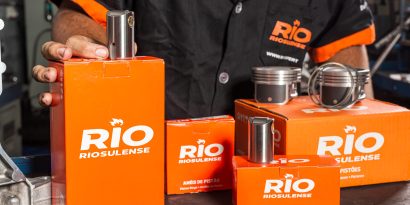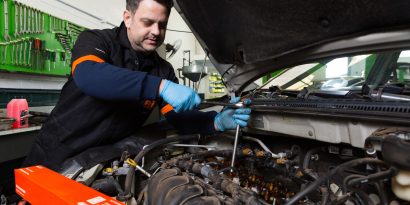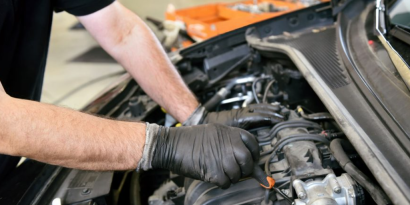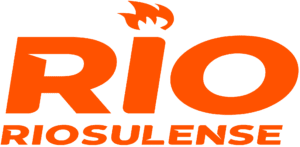When it comes to engine maintenance, installing cylinder liners is one of the most important steps to guarantee performance, reliability, and longevity of the assembly. Although the process is highly technical, it can be performed safely by following best practices and using the appropriate tools.
In this post, we’ll explain in detail how to properly install a cylinder liner, provide tips to avoid common mistakes, and help improve your workshop’s service routine.
What are cylinder liners and why are they essential?
A cylinder liner is a metal component fitted into an engine block to form the internal surface of the cylinder, where the pistons move. Its main function is to provide a resistant and suitable surface for constant friction with the pistons and rings, as well as to assist in dissipating the heat generated during combustion.
There are two main types:
- Dry liners: Installed directly into the block, without direct contact with the coolant.
- Wet liners: Thicker liners that make direct contact with the coolant, aiding in the engine’s thermal control.
The choice between these types depends on the engine’s design. However, correct installation is crucial in either case to ensure sealing, optimal heat transfer, and proper engine function.
How to correctly install cylinder liners
Below is a step-by-step guide to best practices for cylinder liner installation:
1. Block preparation
Before installing the liner, it is essential to machine the cavity where it will fit. This process involves removing material to obtain the ideal measurements for a proper fit, according to the component specifications.
Remember to completely remove any debris and carry out a thorough cleaning after machining. Dirt and particles can compromise seating and cause serious engine problems.
2. Alignment and positioning
The next step is to ensure perfect positioning of the cylinder liner. It should be installed perpendicular to the block surface and aligned according to the engine’s design. Otherwise, you may encounter uneven wear, increased oil consumption, loss of compression, or even catastrophic engine failure.
3. Proper insertion technique
Avoid using hammers, mallets, or impact tools when fitting the liner. These can cause cracks, deformities, and misalignment, rendering both the liner and block unusable. The recommended method is to use a hydraulic press to apply force smoothly and evenly, ensuring a safe and secure fit.
4. Surface leveling
After fitting the liner, the upper surface must be leveled exactly with the block. This detail is fundamental to allow efficient sealing of the cylinder head gasket and proper assembly of the engine. If necessary, use a planer to achieve correct leveling.
5. Honing
This process creates micro-grooves that help retain lubricating oil and maintain lubrication between the piston, rings, and cylinder, increasing engine efficiency and reducing wear. The wet cylinder liners come straight from our factory with the “pre-break-in” already done, a process known as Plateau Honing. Learn more by clicking here.
Frequently asked questions about cylinder liner installation
How do I know if the cylinder liner is properly installed?
Besides proper alignment and leveling, perform a leak test and check for clearances or leaks. Dimensional inspection is also a great indicator.
Can I replace just the liner or should I change other components as well?
Ideally, thoroughly inspect pistons, rings, and other set components, as irregular wear in one can affect the others.
How often should I check the condition of cylinder liners?
Evaluation should be done during overhauls, reconditioning, or whenever symptoms like loss of compression, smoke, or increased oil consumption are noticed.
Raising your standards with RIO
Working with high-performance parts is essential for anyone seeking safety, durability, and consistent results. RIO offers solutions in cylinder liners and over 4,000 high-precision items, manufactured to strict quality standards for use in light vehicles, trucks, agricultural equipment, railways, and more.
If you want reliable results in your engine rebuilding or workshop services, count on RIO. Get in touch with our team and raise the standards of the services you offer your customers!
Did you enjoy this content? Share this post with your colleagues and stay updated on engine maintenance tips and news by following the RIO blog!





